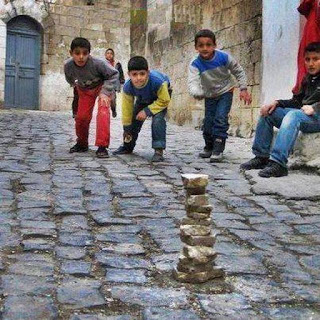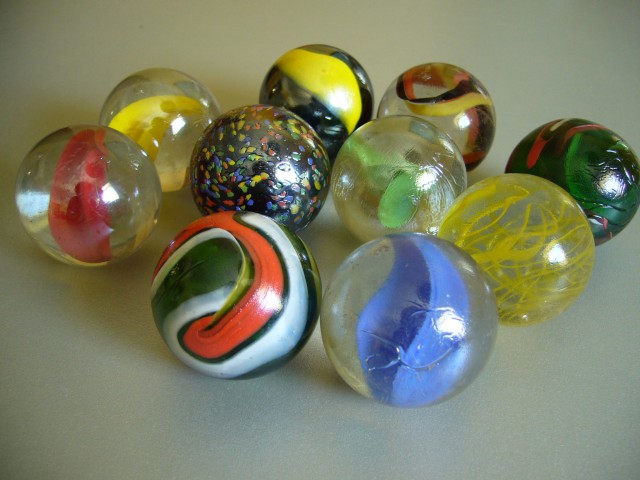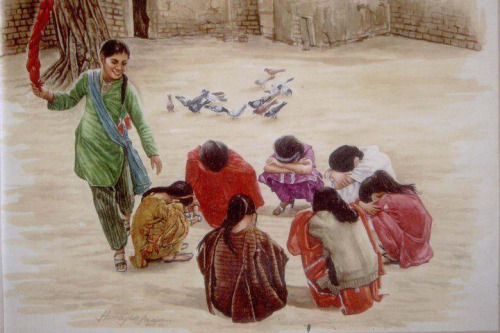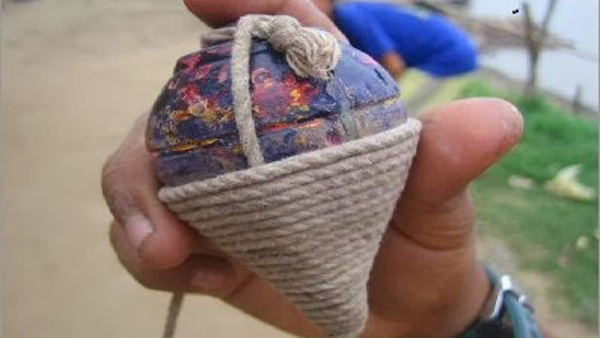Some traditional games of subcontinent that we once loved

These games were invented by our ancestors, can be called traditional games, they taught them to us
LAHORE: (Daily Dunya) – There are certain games in all parts of the world that are like traditions for those places. Although these games never get any government patronage, there is a sense of belonging that the people feel about them. These games can be called as traditional games and some of ours are still quite popular in the countryside. These games are perfect for mental and physical exercise.
Let’s recall some of the most popular traditional games of subcontinent.
Kabaddi
Kabaddi is not yet a forgotten game. The subcontinent teams play this game on international level. These games are played by strong, energetic youth who have good stamina. Each team in Kabaddi has seven members. A line is drawn in the middle. A member of one team crosses the line to the other side and has to touch one of the members of the other team and then run back to cross the line to his side. If he succeeds in doing so, he wins a point but if the opponents don’t let him cross the line then the point goes to them. The player who crosses the line must continuously keep saying ‘Kabaddi, Kabaddi, Kabaddi’ and can’t stop to breathe because failing to do that also causes the loss of point.
.jpg)
Gulli-Danda
The children of the modern areas wouldn’t know about them but the youngsters in our villages still play this game with the great enthusiasm. It is somewhat similar to cricket. But in this game, there is a stick (danda) instead of a bat and a Gulli (small piece of wood) instead of a ball. The player has to throw the Gulli as far as possible with the help of the stick. This small piece of wood is about four to eight inch in length and about two inch in diameter. Both its ends are sharpened and when one of its side is struck with the stick, it jumps a little bit into the air. It is then when it’s in the air that the player has to hit it with the stick. The stick is left there then and the opponent team’s player has to throw the Gulli to hit the stick. If it hits the stick, the player fails to get the point but if it doesn’t, he gets it.
.jpg)
Pitthu Gol Garam
Pitthu Gol Garam is mainly a young kids’ game. The pieces of wood, china-clay or stones are mounted on each other in this game. It is up to six to eight inch in height. One of the players has to hit it with a ball and fell the small minaret. Then the other team has to build it again and while they make it, the opponents keep hitting them with the ball. If a player fails to hit this small minaret and the ball is caught by the opponents’ player standing on the other side, the player would be counted out. Kids hole up the opponent teams to beat them with the ball. When the minaret is complete again, it means that the Pitthu Gol Garam is done.

Qainche
These are small glass balls. A small hole is dug into the street and the player has to throw these glass balls into the hole where all the other balls are collected. The ball that goes into the hole, becomes the player’s who threw it into it and if he targets one of the other glass balls with his ball and succeeds, he owns that ball too. In case he fails, the other player gets the chance to target the balls then. Moreover, two players share the glass balls and then thrown them on to the field then one of the players has to target the ball that the other player points towards. If he succeeds then all the balls become his otherwise the opponent gets the chance to do the same.

Kokla Chhapaki
Kokla Chhapaki is a night game. The kids make a whip of a cloth and then sit in lines with their eyes closed. Waving this whip in the air, one of the players walks behind the other players and keeps singing a Punjabi jingle. During this round, he/she leaves the whip behind one of the players and keeps going singing the song. If the said player fails to realise that the whip is placed behind them, the first player would pick up the whip and start beating them up and this beating goes on until the player reaches a point pre-decided.

Yassu-Panju
It is another very interesting game. It is played by minimum two, and maximum five, players. Each player has a name out of these five: Yassu, Panju, Haar, Kabootar, Doli. Then all people throw their hands together with as many fingers open as they’d wish to. Then all the names are counted on all the fingers. The name, out of the five stated above, on which the counting stops, wins. The player that remains unpicked till the last is then punished with his/her hands joined together before the other players who slap his hands.

Stapoo
Stapoo is a small piece of wood or china-clay. The players form a map on the land. The player is supposed to throw the stapoo into the boxes one-by-one in ascending order and then jump into the boxes on one leg and bring that stapoo back. If the stapoo falls on any of the lines then the player is considered out.
.jpg)
Pakram Pakrai
This game is played by around four to five people generally who decide with the help of ‘pugam’ who’d be first to catch the others. ‘Pugam’ is a kind of toss among more than two people. The process is that the players throw their hands either facing the earth or the sky. Those with a majority get out of trouble first up. The last two are then decided with the help of a third-umpire who’s already safe but comes in just to decide between the two. The last one remaining then counts to ten so that those who had already won the toss would get as much out of reach as possible. Then he runs after them and whoever is caught, then has to catch the others. This fast-paced game makes you run a lot and is a pure entertainment as well as physical exercise.
.jpg)
Hide and seek
Hide and seek is a simple game in which one of the players has to find the remaining players who go into hiding at one place in the house or the other. Whoever gets caught the first has to catch the others then. In order to make sure that the player trying to find others doesn’t know beforehand where they’re hiding is blindfolded.

Lattoo
In this game, a small round piece of wood or stone which is broader on the upper side and then gets thinner going down. On its lower side, there is a small iron piece on which it has to revolve. A thin thread is tied around the Lattoo in an expert manner. Then the thread is pulled in a manner that the Lattoo starts revolving. Beautifully coloured Lattoos look beautiful while revolving at a great speed. The revolving Lattoos may then hit the other Lattoos to stop them. Meanwhile, the Lattoo may be lifted on one hand without making it stop.

The story was originally published in Daily Dunya Sunday magazine and was researched and written by Abdul Sattar Hashmi.

